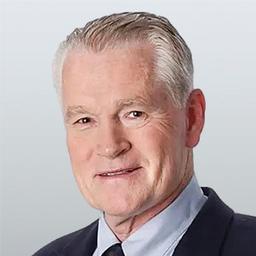Commentary
“Despite his notoriously controversial personality, Detroit Tiger legend Ty Cobb holds the highest career batting average of any player in MLB history at .366. In 24 seasons (22 with the Tigers), Cobb amassed 4,189 hits, scored 2,245 runs, and stole 897 bases. Cobb won 11 batting titles, one MVP award, and was one of only five players that were inaugural members of the Baseball Hall Of Fame in 1936.





